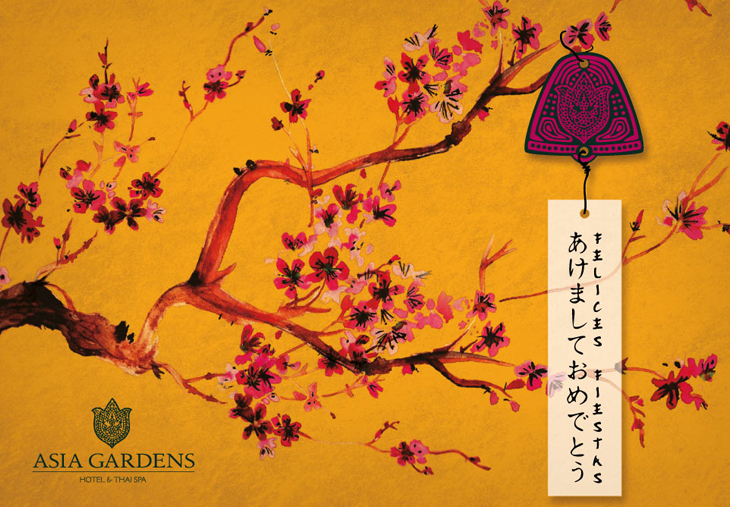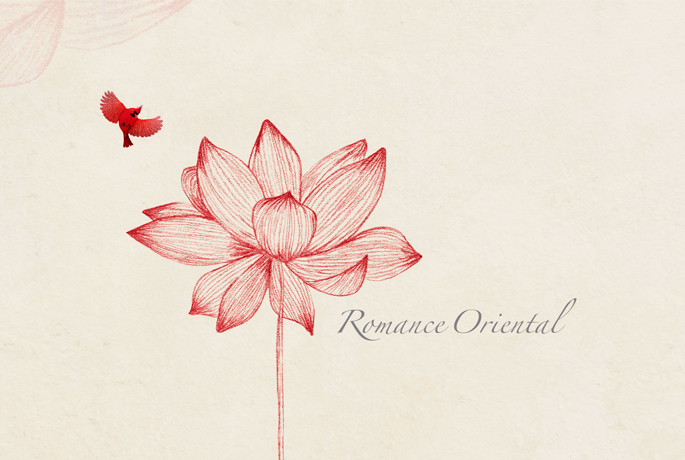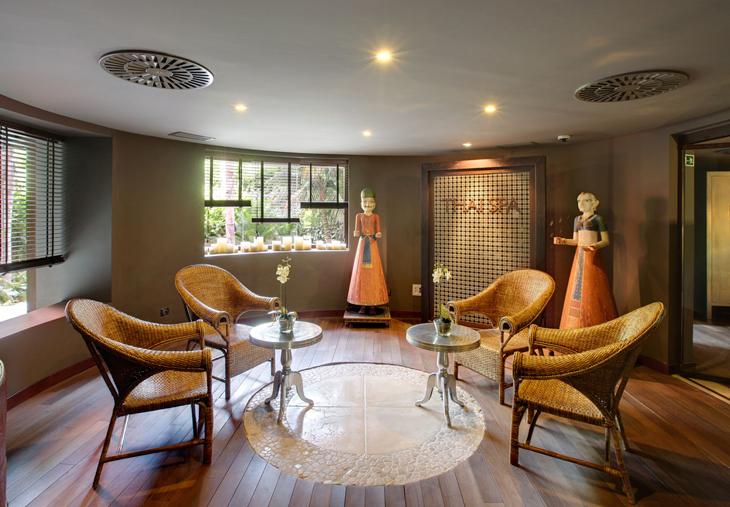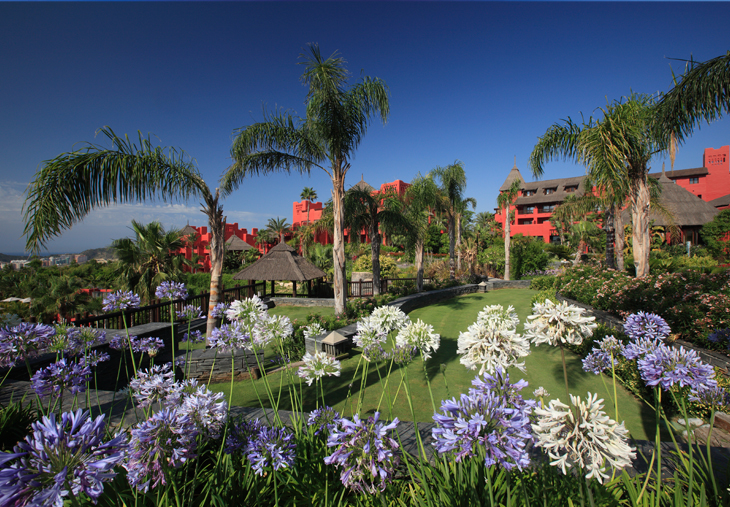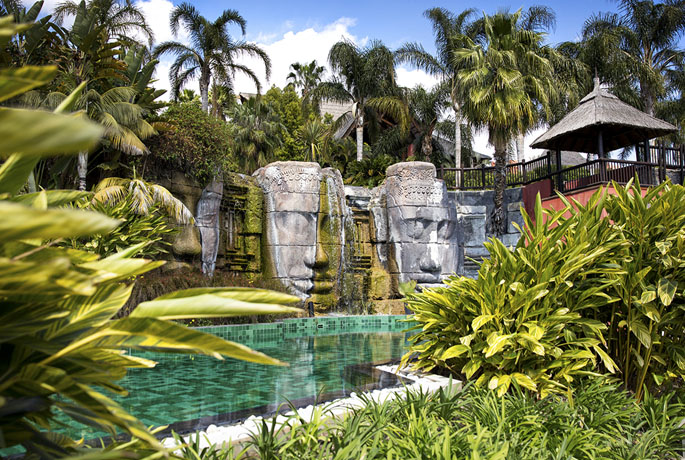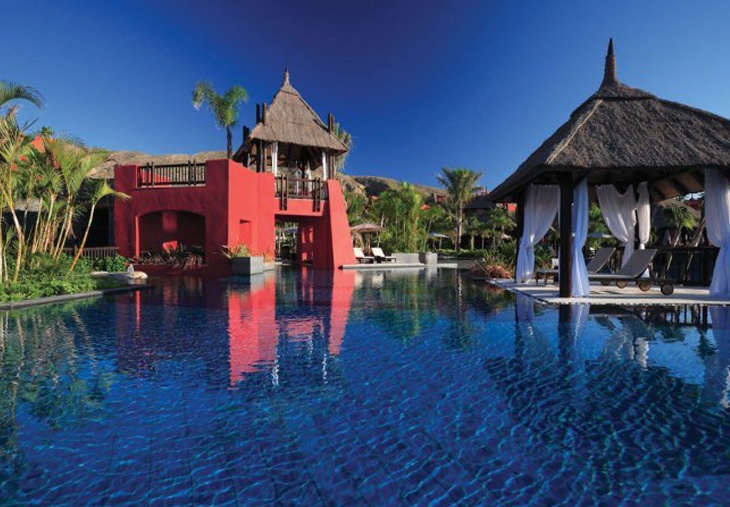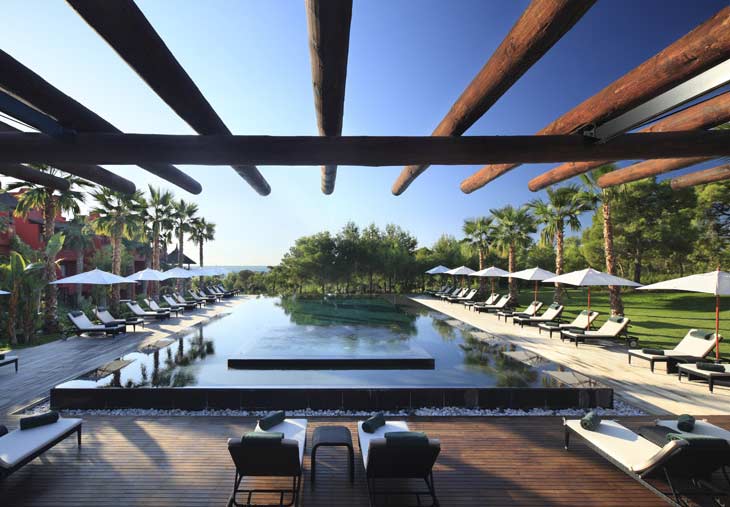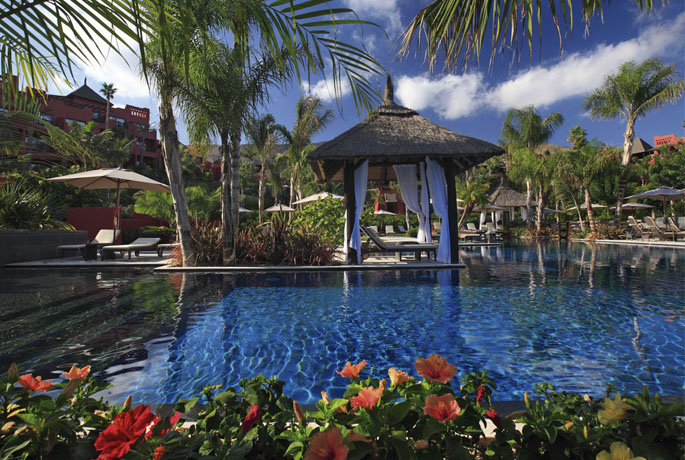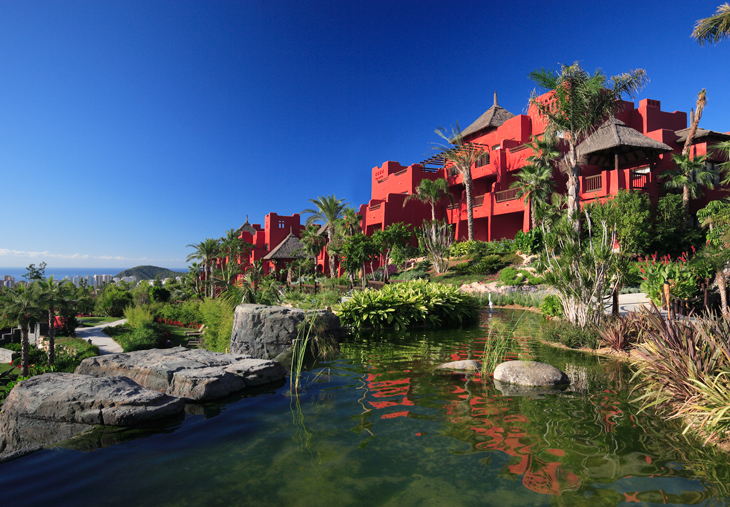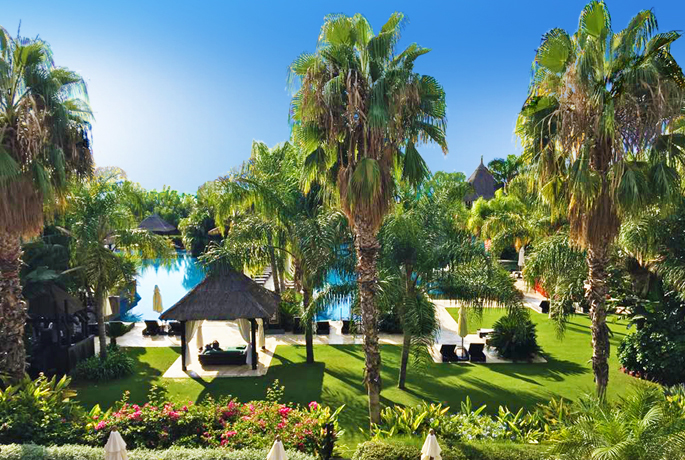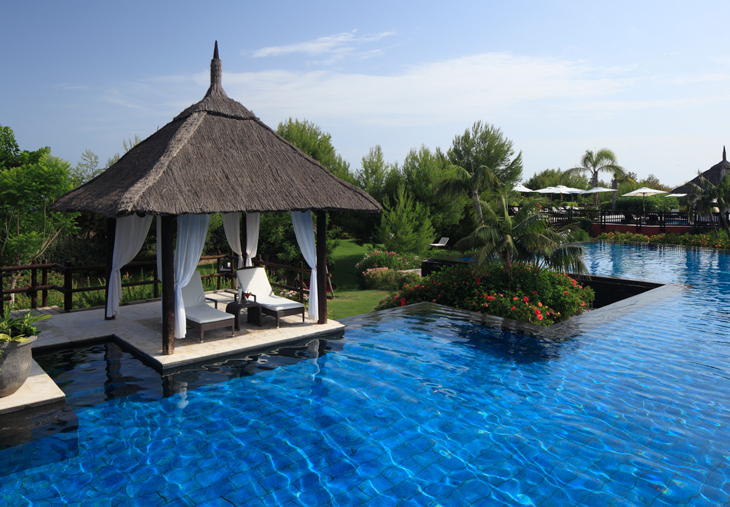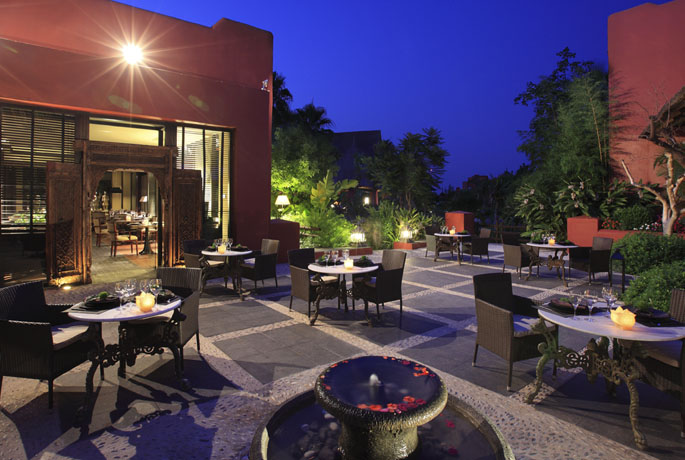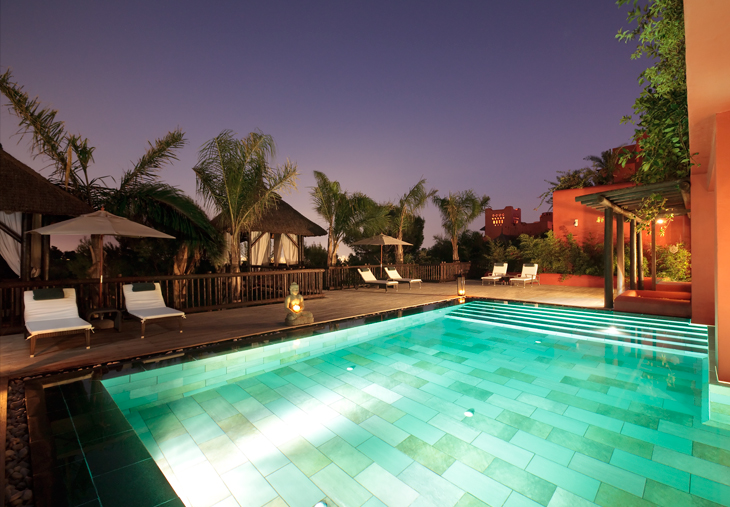This year at the Asia Gardens Hotel & Thai Spa don’t miss out our impressive Japanese New Year’s Eve party: OMISAKA. Like in all other cultures, this is a day to celebrate, and we would like to welcome 2014 with you in a special way.
In Japan, during the last few days of the year, the main tradition is to clean. By cleaning, Japanese people receive the New Year getting rid of all evil, and welcoming all that is good into their houses. Cleaning is a way of purifying their homes.
It is also a tradition to eat a traditional dish, “Osechi” this time of the year, for several days, as it is not considered good practice to cook the first 3 days of the year. However, nowadays many families purchase ready-cooked meals.
After all the arrangements, the time comes to have the longest dinner of the year which starts quite late at night, around eleven o’clock.
Noodles are the main food. The length of the noodles is very significant as it symbolises a long life. These noodles are generally eaten with chopped scallions, and are sometimes prepared tempura style.
After dinner, just like they do for us, the bells ring at midnight. In Japan, bells ring 108 times, and they can be heard from all Buddhist temples.
The bells ringing 108 times represent freedom from the 108 worst sins which cause human suffering according to Buddhist beliefs.
People also visit Buddhist temples to pray for happiness, good results in exams, success, finding love, etc.
Lastly, the most traditional drink this time of the year in Japan is the “Amazake”. This drink made out of fermented rice is sweet and it contains a light touch of alcohol. It is usually served with very hot water and grated ginger on top.
This year, our Japanese New Year’s Eve party at the Asia Gardens Hotel & Thai Spa, will be inspired by Japan, and its purifying and fortune rituals. We will make this last day of the year a very special day for you.
Wouldn’t you like to spend New Year’s Eve doing something different? At the Asia Gardens Hotel & Thai Spa you will be able to enjoy the most special Asian experience of the year.
(Images by Creative Commons Flickr)

